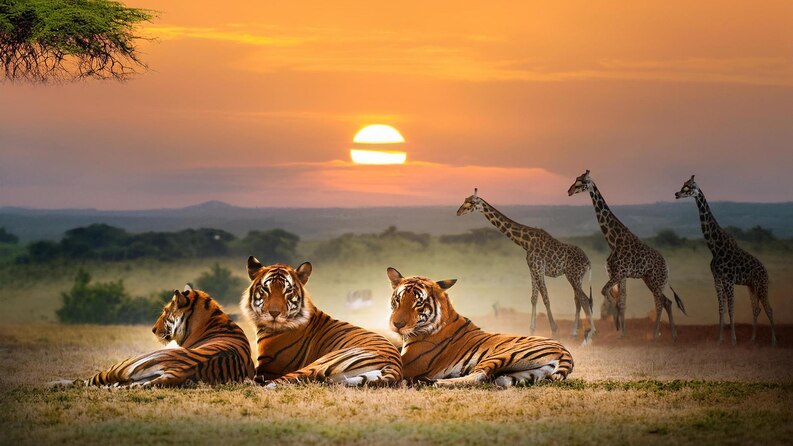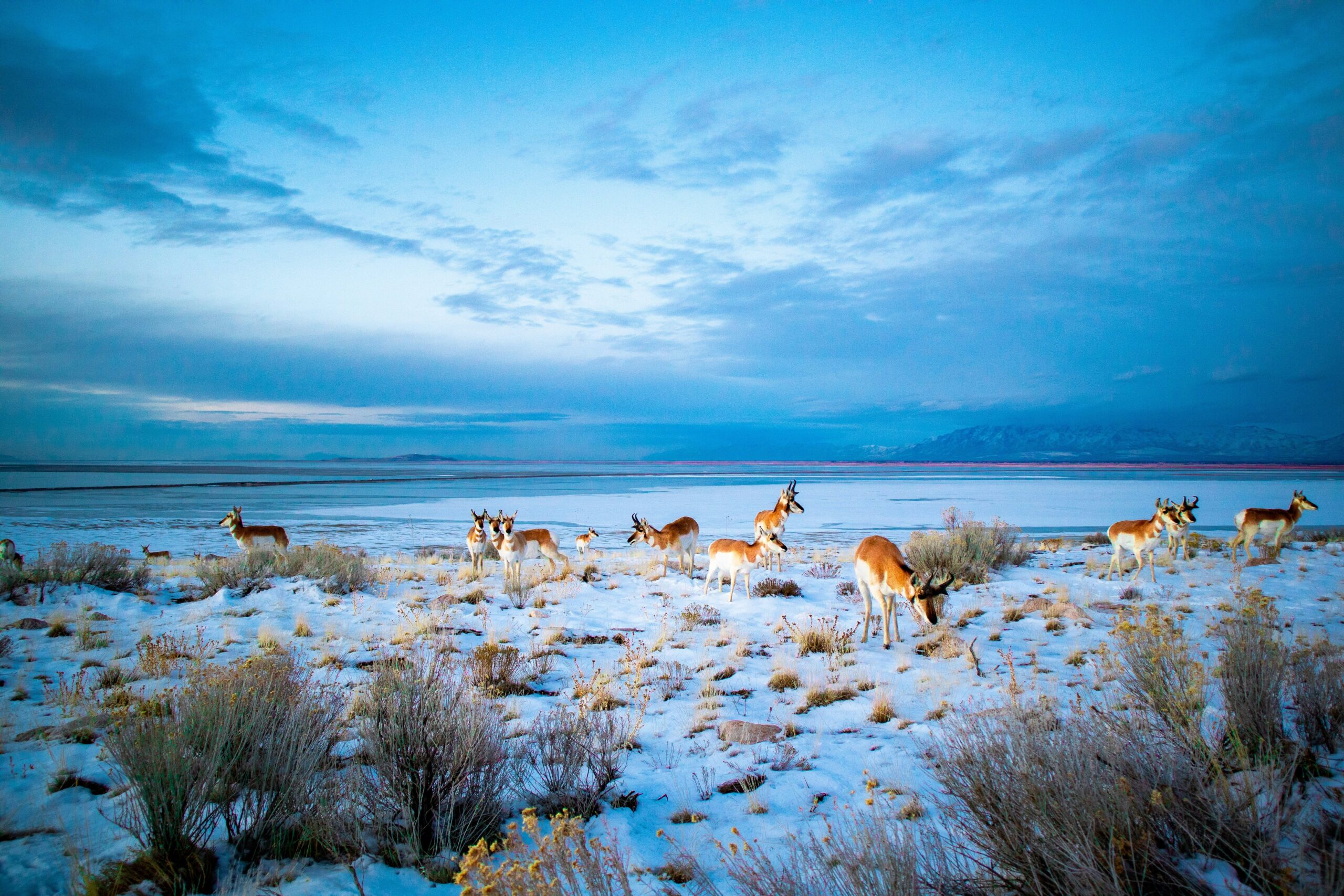Imagine a world where the haunting call of the gray wolf echoes once more through forgotten forests, or where the majestic bald eagle soars over river
Imagine a world where the haunting call of the gray wolf echoes once more through forgotten forests, or where the majestic bald eagle soars over rivers teeming with life. Not so long ago, these scenes seemed like distant dreams, with countless species teetering on the edge of extinction. Yet, today, we’re witnessing remarkable conservation success stories that prove nature can bounce back when given a fighting chance. From species recovery to habitat restoration, the tireless efforts of conservation heroes are rewriting the future for wildlife. In this blog post, we’ll dive into the inspiring world of wildlife comebacks, exploring how dedication, innovation, and community action are driving biodiversity wins and offering hope for our planet. Whether you’re a nature lover, educator, or policymaker, these stories will ignite your passion for wildlife protection and nature preservation.

1. The Bald Eagle’s Soaring Return: A Symbol of Hope
Once a proud emblem of the United States, the bald eagle faced near extinction by the mid-20th century. Pesticides like DDT weakened their eggshells, and habitat loss pushed their populations to a mere 417 nesting pairs in the lower 48 states by 1963. But thanks to successful conservation efforts, this iconic bird has made a triumphant wildlife comeback.
The ban on DDT in 1972 was a game-changer, coupled with rigorous habitat restoration programs. Conservationists worked tirelessly to protect nesting sites and reintroduce eagles to their former ranges. Community involvement played a huge role too—local volunteers monitored nests, and school programs educated kids about wildlife protection. By 2007, the bald eagle was removed from the endangered species list, with over 10,000 nesting pairs thriving today.
This endangered species saved story shows what’s possible when science, policy, and public support align. Next time you spot a bald eagle gliding over a lake, remember: it’s not just a bird—it’s a testament to environmental progress.
2. Rewilding the Gray Wolf: Restoring Balance to Ecosystems
Few animals evoke the wild like the gray wolf, yet by the 1970s, they had vanished from most of the United States due to hunting and habitat destruction. The tide turned with one of the most celebrated animal rescue efforts in history: the reintroduction of wolves to Yellowstone National Park in 1995.
This conservation success story didn’t just save a species—it transformed an ecosystem. Wolves controlled deer populations, allowing vegetation to recover, which in turn supported beavers, birds, and fish. This ripple effect, known as a trophic cascade, highlights the power of ecological recovery. By 2020, over 2,000 wolves roamed the northern Rockies, a remarkable threatened species revival.
But the journey wasn’t easy. Ranchers feared livestock losses, sparking debates that conservationists met with innovative solutions like compensation programs and non-lethal deterrents. The gray wolf’s return reminds us that wildlife comeback efforts require compromise and creativity to balance human and animal needs.
3. Saving the Sea Turtle: Community-Driven Conservation
Sea turtles have swum Earth’s oceans for over 100 million years, but fishing nets, poaching, and coastal development pushed species like the loggerhead and green turtle toward extinction. Enter the conservation heroes—local communities, nonprofits, and volunteers—who’ve turned the tide for these ancient mariners.
In places like Costa Rica, animal rescue efforts focus on protecting nesting beaches. Volunteers patrol shores at night, relocating eggs to safe hatcheries to shield them from predators and poachers. Meanwhile, global campaigns have reduced bycatch by promoting turtle-friendly fishing gear. These efforts are paying off: in 2023, Florida reported a record 133,000 loggerhead nests, a shining example of species recovery.
What makes these biodiversity wins so inspiring? It’s the people. From kids releasing hatchlings into the sea to fishermen adopting sustainable practices, nature preservation thrives when communities unite. These inspiring stories show that small actions can lead to big results.

4. The Rhino’s Redemption: Technology Meets Tenacity
Rhinos, with their prehistoric charm, have faced relentless poaching for their horns. By 2010, the western black rhino was declared extinct, a heartbreaking loss. Yet, successful conservation is giving other rhino species a second chance, blending cutting-edge technology with old-school grit.
In South Africa, anti-poaching units use drones, GPS tracking, and even AI to monitor rhinos and catch poachers in real time. Meanwhile, habitat restoration projects are expanding protected areas, giving rhinos room to roam. The southern white rhino, once down to fewer than 100 individuals, now numbers over 17,000—a true wildlife comeback.
These conservation success stories aren’t without challenges. Poaching remains a threat, and funding is always tight. But the rhino’s revival proves that innovation and determination can drive environmental progress, inspiring hope for other endangered species saved.
5. Lessons from the Comeback: What We Can Learn
The stories of the bald eagle, gray wolf, sea turtle, and rhino share common threads: science, collaboration, and persistence. Each wildlife comeback required bold policies, like banning harmful chemicals or protecting critical habitats. They also relied on conservation heroes—from scientists to everyday citizens—who refused to give up.
Statistics paint a hopeful picture. The International Union for Conservation of Nature (IUCN) reports that 48 species have improved their status on the Red List since 2000, thanks to species recovery efforts. But challenges remain: 38% of assessed species are still threatened, underscoring the need for ongoing wildlife protection.
What can we take away? First, habitat restoration is key—without healthy ecosystems, no species can thrive. Second, community involvement amplifies impact, whether through volunteering or advocating for policy change. Finally, every small victory counts, building momentum for broader ecological recovery.
Conclusion: A Call to Join the Conservation Movement
The wildlife comebacks we’ve explored are more than feel-good tales—they’re proof that nature preservation works. From the bald eagle’s triumphant return to the rhino’s high-tech revival, these conservation success stories show that humanity can reverse the damage done to our planet. They remind us that biodiversity wins are possible when we act with purpose and passion.
But the fight isn’t over. Countless species still need our help, and threatened species revival depends on all of us. Whether you’re a student, policymaker, or eco-conscious parent, you can make a difference. Volunteer with a local animal rescue effort, support nonprofits driving successful conservation, or simply spread the word about these inspiring stories. Together, we can ensure that the call of the wolf, the flight of the eagle, and the journey of the sea turtle endure for generations.
What’s your favorite wildlife comeback story? Share it with us, and let’s keep the momentum going for environmental progress!

COMMENTS